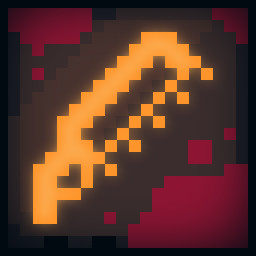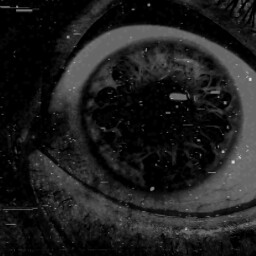Install Steam
login
|
language
简体中文 (Simplified Chinese)
繁體中文 (Traditional Chinese)
日本語 (Japanese)
한국어 (Korean)
ไทย (Thai)
Български (Bulgarian)
Čeština (Czech)
Dansk (Danish)
Deutsch (German)
Español - España (Spanish - Spain)
Español - Latinoamérica (Spanish - Latin America)
Ελληνικά (Greek)
Français (French)
Italiano (Italian)
Bahasa Indonesia (Indonesian)
Magyar (Hungarian)
Nederlands (Dutch)
Norsk (Norwegian)
Polski (Polish)
Português (Portuguese - Portugal)
Português - Brasil (Portuguese - Brazil)
Română (Romanian)
Русский (Russian)
Suomi (Finnish)
Svenska (Swedish)
Türkçe (Turkish)
Tiếng Việt (Vietnamese)
Українська (Ukrainian)
Report a translation problem


































| Windows [-][口][×]| |
| ̄ ̄ ̄ ̄ ̄ ̄ ̄ ̄ ̄ ̄ ̄ ̄ ̄ ̄ ̄ ̄ ̄ ̄ ̄ ̄ ̄ ̄ ̄ ̄ ̄ ̄ ̄ ̄ ̄ ̄  ̄|
| Windows has detected Fortnite on your browser. |
| Terminate Cancer? |
| ______ ______ ______ |
| | Yes | | Yes | | Yes | |
|  ̄ ̄ ̄ ̄ ̄ ̄  ̄ ̄ ̄ ̄ ̄ ̄  ̄ ̄ ̄ ̄ ̄ ̄ |
 ̄ ̄ ̄ ̄ ̄ ̄ ̄ ̄ ̄ ̄ ̄ ̄ ̄ ̄ ̄ ̄ ̄ ̄ ̄ ̄ ̄ ̄ ̄ ̄ ̄ ̄ ̄ ̄ ̄ ̄ ̄
+REP
........................+REP
...................+REP..................................+REP
.......................+REP........................+REP..+REP
............................+REP..............+REP.............+REP
................................+REP......+REP.....................+REP
+REP................................+REP..............................+REP
...+REP..........................+REP......+REP
.......+REP................+REP..............+REP
............+REP......+REP.......................+REP
..................+REP................................+REP
.......................................................+REP
.................................................+REP
............................................+REP